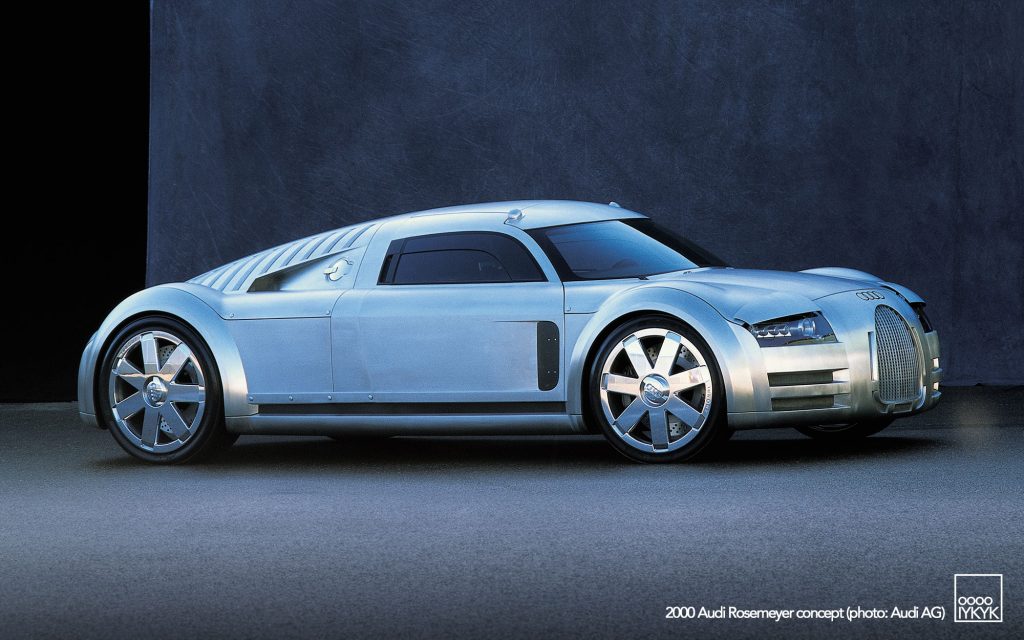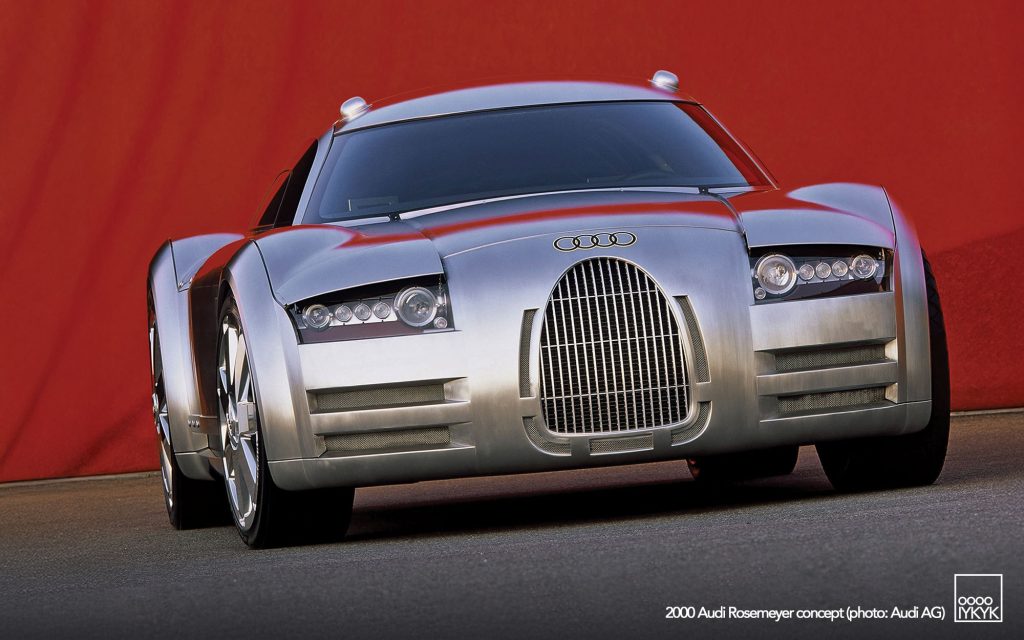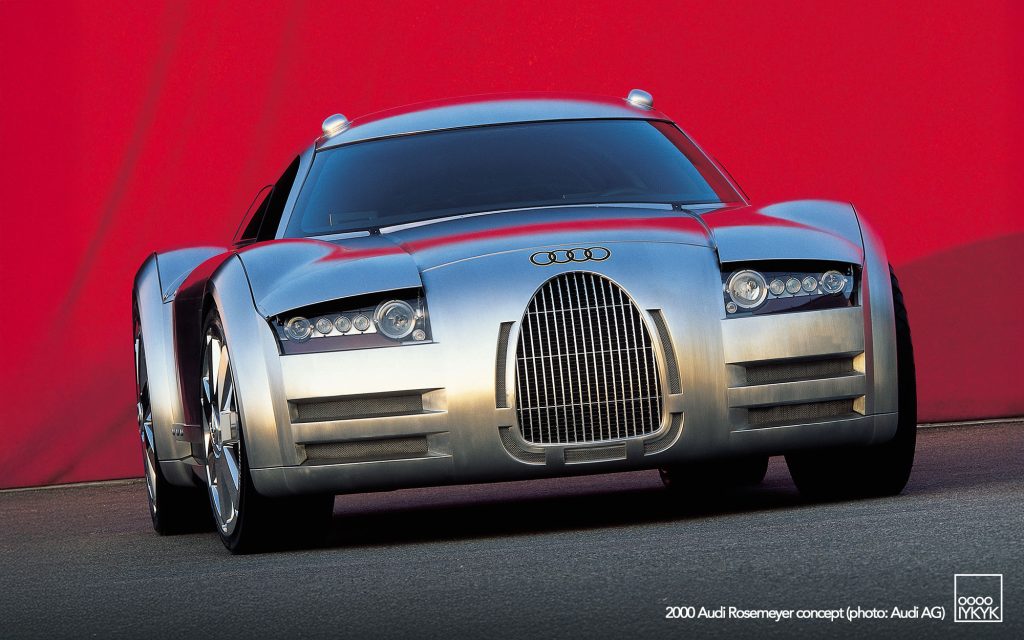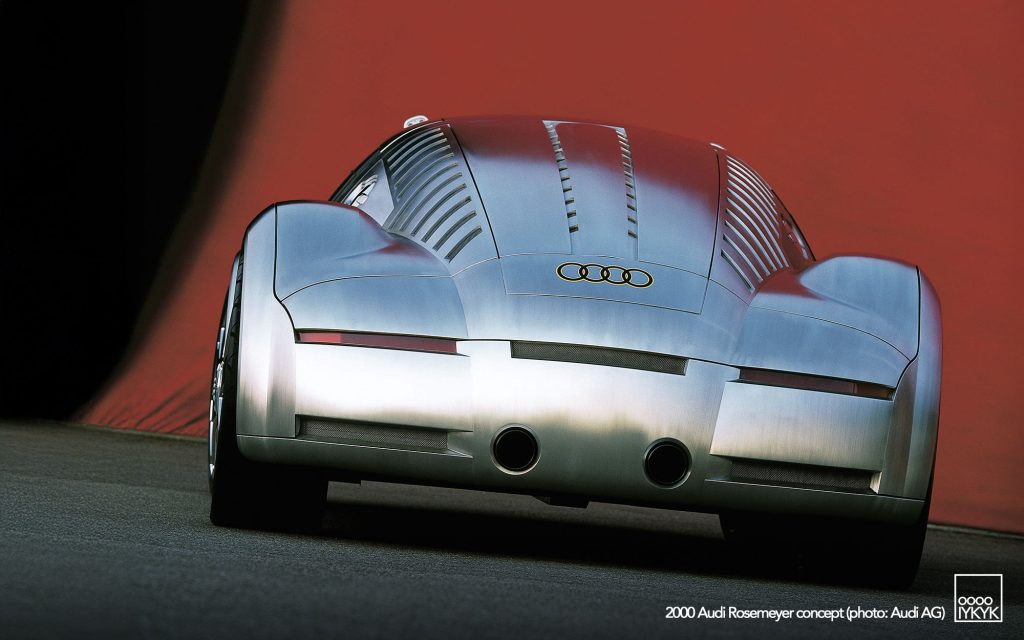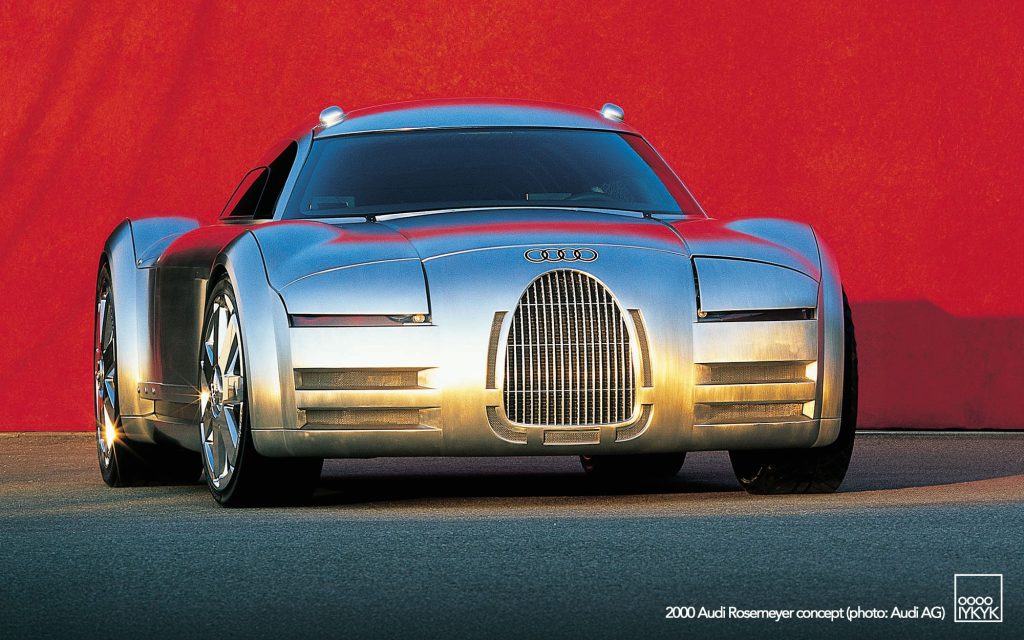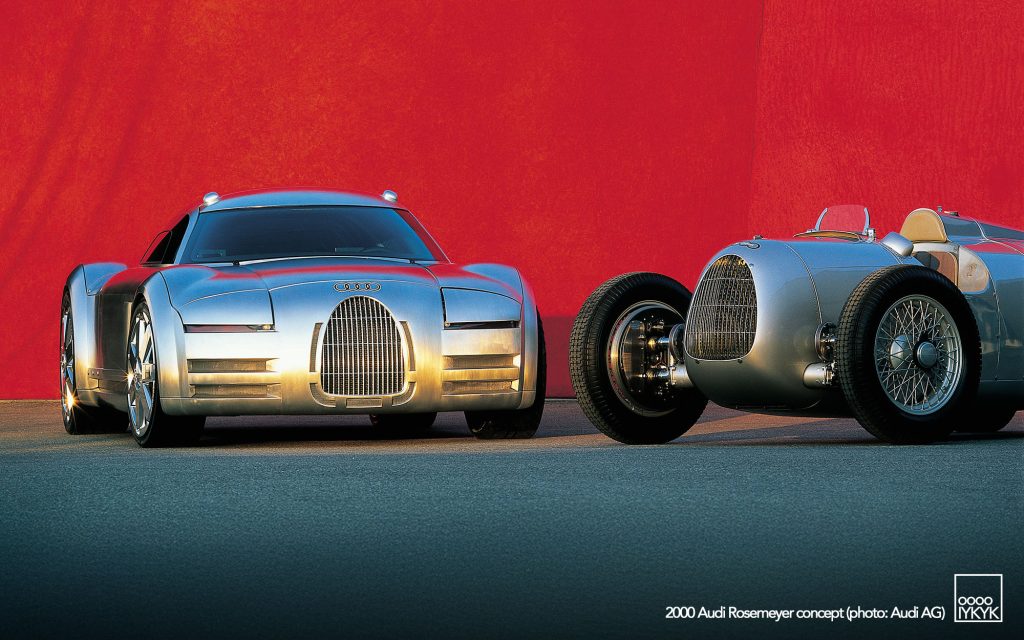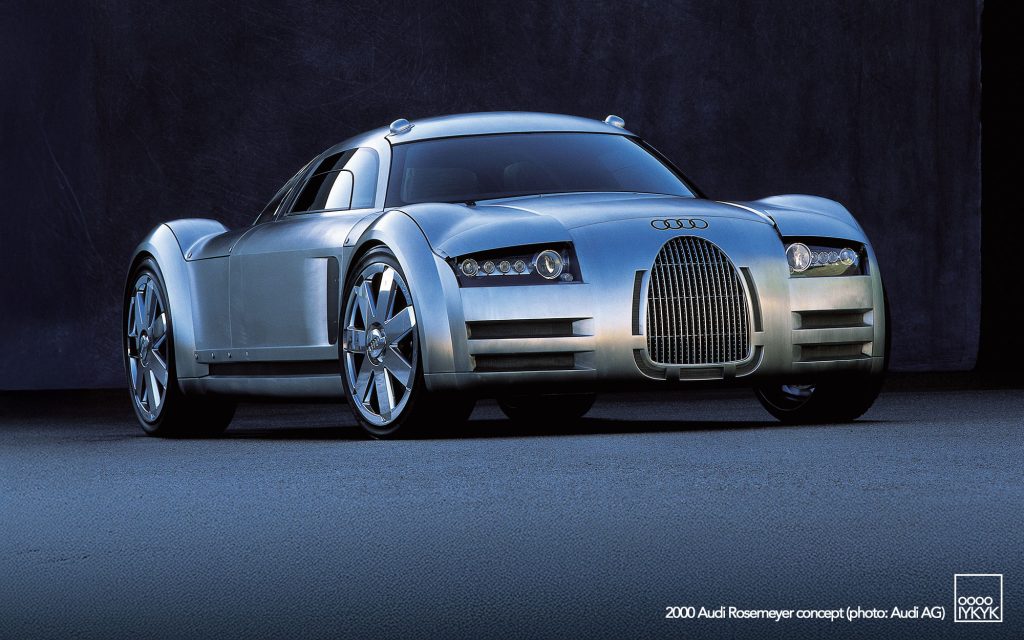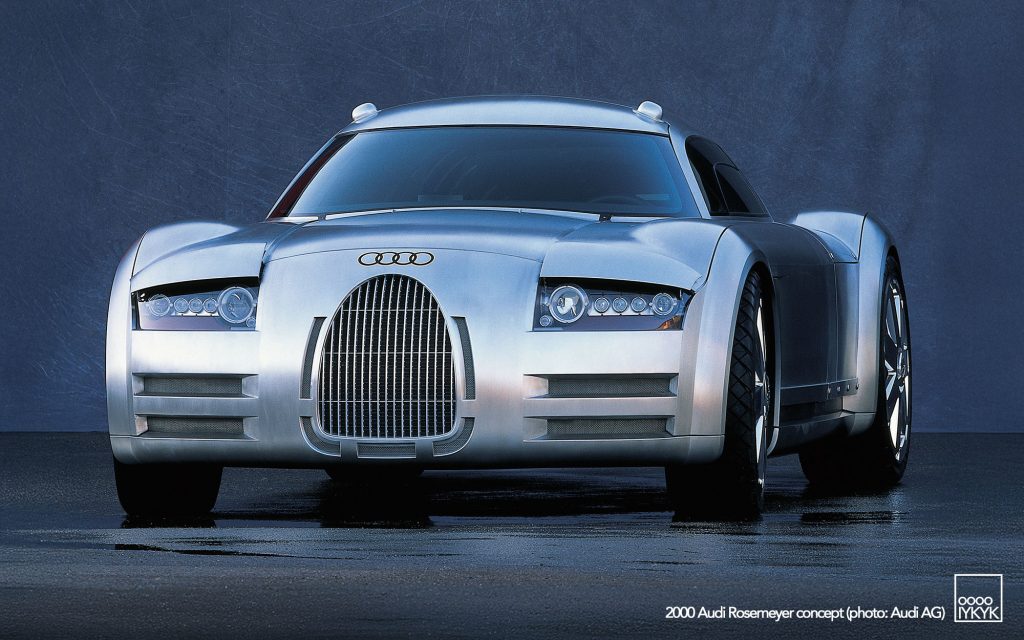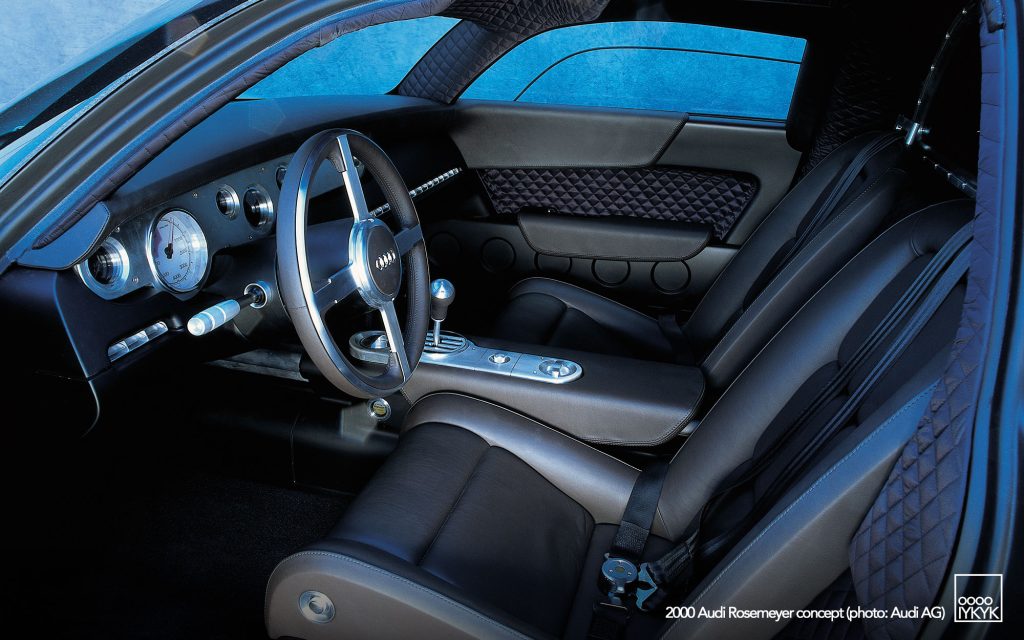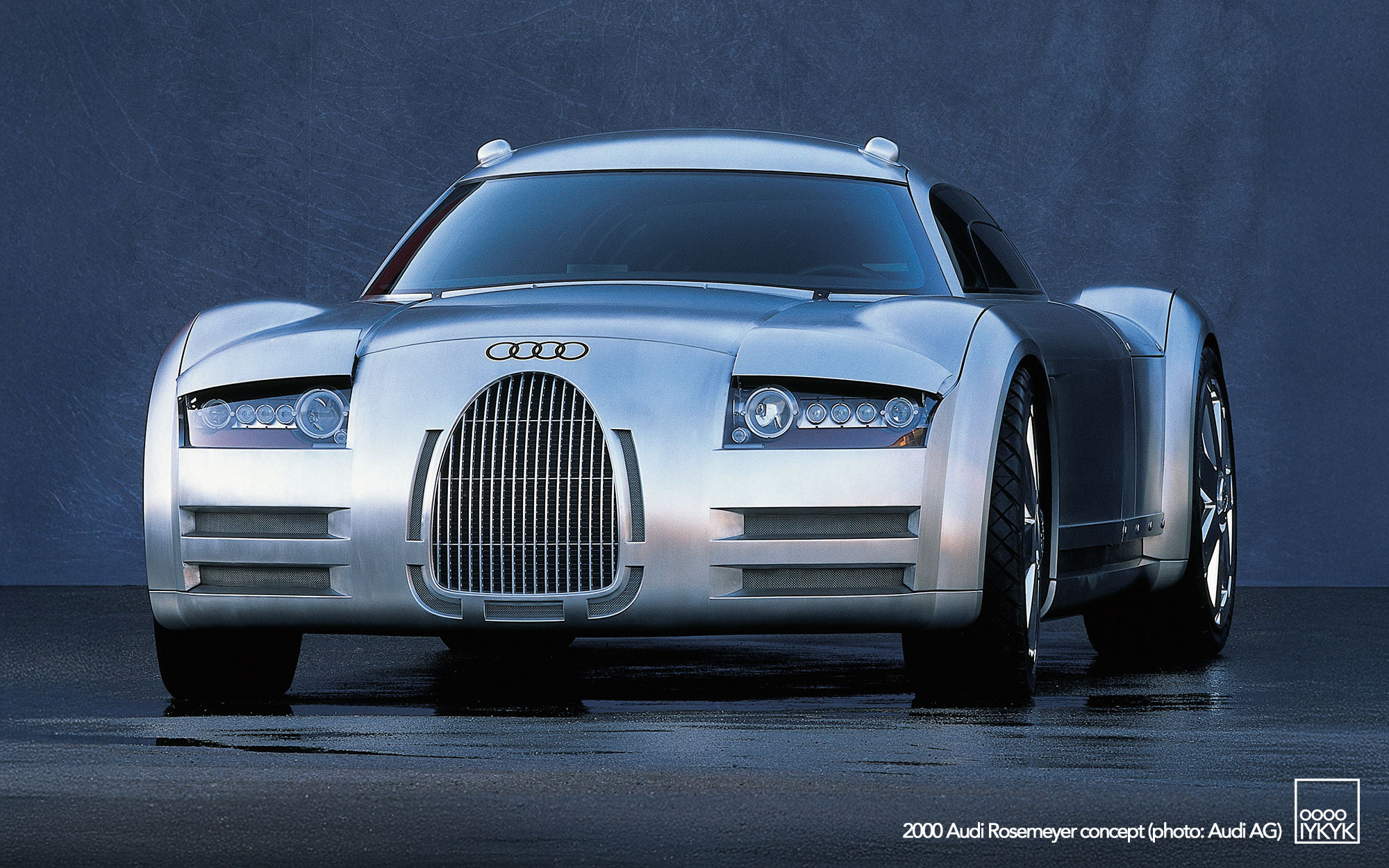Audi’s Project Rosemeyer, revealed in September 2000, is one of those concept cars that reminds us of a very different era. This was the Ferdinand Piëch era at Volkswagen Group—when massive budgets and bigger personalities allowed engineers and designers to chase outlandish ideas simply to prove they could. For Audi, it was an opportunity to tie modern quattro technology and bold design to a racing heritage that stretched back to the Auto Union Silver Arrows. The result was the Project Rosemeyer, a W16-powered, aluminum-bodied coupe that was never meant for production, but which continues to influence Audi’s design and engineering story.
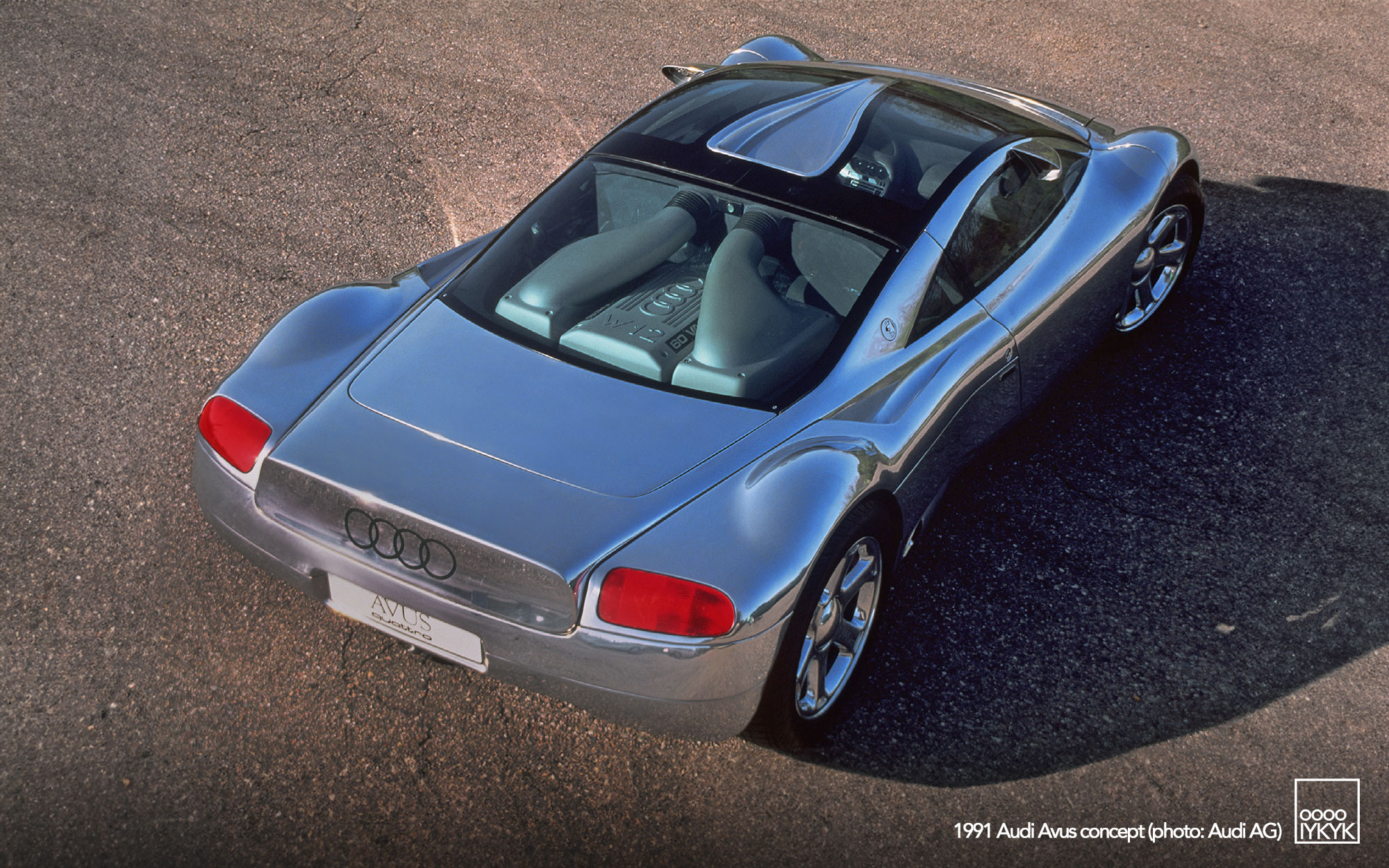
LINEAGE AVUS TO ROSEMEYER
To understand Project Rosemeyer, you need to go back almost a decade to 1991. That year, Audi unveiled the Avus quattro concept at the Tokyo Motor Show. The Avus was a polished-aluminum, mid-engine supercar with futuristic gullwing doors and an exposed-frame interior. Never more than a rolling showpiece, it broadcast Audi’s intent: this was a brand that could go toe-to-toe with Ferrari or Porsche if it wished to do so.
The Avus also harked the silver arrows, but it seems to focus forward, and was penned by J Mays, a designer who’d been a leader in Audi’s experimentation with futuristic and aerodynamic road car designs and concepts. The Rosemeyer, nearly ten years later, seemed to more intentionally look back.
Where the Avus and its Silver Arrows inspired form imagined a high-tech aluminum future, the Rosemeyer borrowed more literally from Auto Union’s pre-war racers. Its bare brushed-metal skin, long tail, and oval crosshatch grille were straight references to Ferdinand Porsche’s Type A, B and C racecars. Even the silhouette harked the never-built Type 52 road-going prototype, which had been designed in period as a more roadgoing counterpart to Rosemeyer’s Grand Prix cars – perhaps the first mid-engine supercar had it ever made it to production.
Interestingly, both cars were meant as streamlined fantastical jewel cases built around Piëchs greater priorities – engines. Ever the engineer, Piëch’s push for world-class engines like the W12 in the Avus or the W16 in the Rosemeyer were probably the real stars in Piëch’s eyes. It’s in this that the cars share perhaps their most distinctive purpose.
Together, the Avus and Project Rosemeyer concepts became bookends—Audi flexing both its futuristic engineering ambitions and its deep motorsport heritage. Both cars, in their own way, set the stage for the Audi R8, which arrived in production form in 2006.
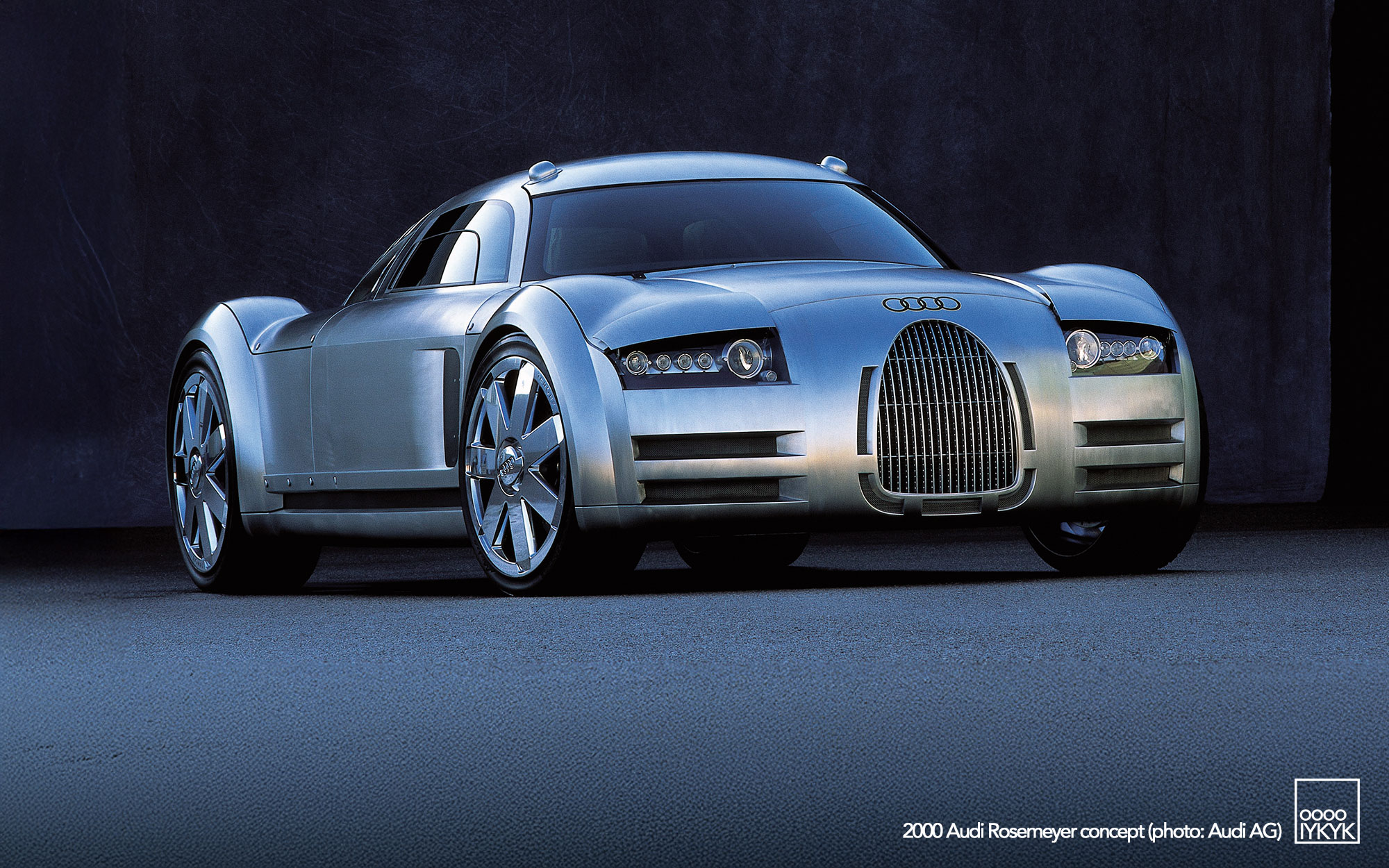
RETRO ALUMINUM MONSTER
Seen in person, the Rosemeyer was both beautiful and unsettling. The cab-forward stance, swollen arches, and short overhangs gave it an almost brutal presence. Its brushed aluminum finish caught the light in ways that paint never could, yet wasn’t potentially blinding like the polished mirror finish on the Avus. The front grille—an inverted trapezoid—felt like a prototype for Audi’s now-iconic single-frame grille, later refined into production across the brand’s lineup. Proportionally though, the grille was smaller than the shield that would become the modern singleframe, leaving it more aggressive in appearance than the softer road cars that would follow.
Retractable covers shielded the xenon headlights like mechanical eyelids. Oversized drilled brake rotors sat behind 20-inch seven-spoke alloys – a wheel design that would get picked up for the TT in later years of Mk1 (Type N) production. Cameras replaced mirrors, feeding images to screens inside. The wraparound windshield blended into a sloping roofline, making the cockpit feel like the canopy of a jet fighter. Around back, slim tail lamps and deep engine-cover intakes gave it an almost post-apocalyptic look, part retro racecar and part science fiction movie prop.
It was the kind of concept car that didn’t look entirely real, but instead like a drawing pulled straight from a designer’s sketchbook.
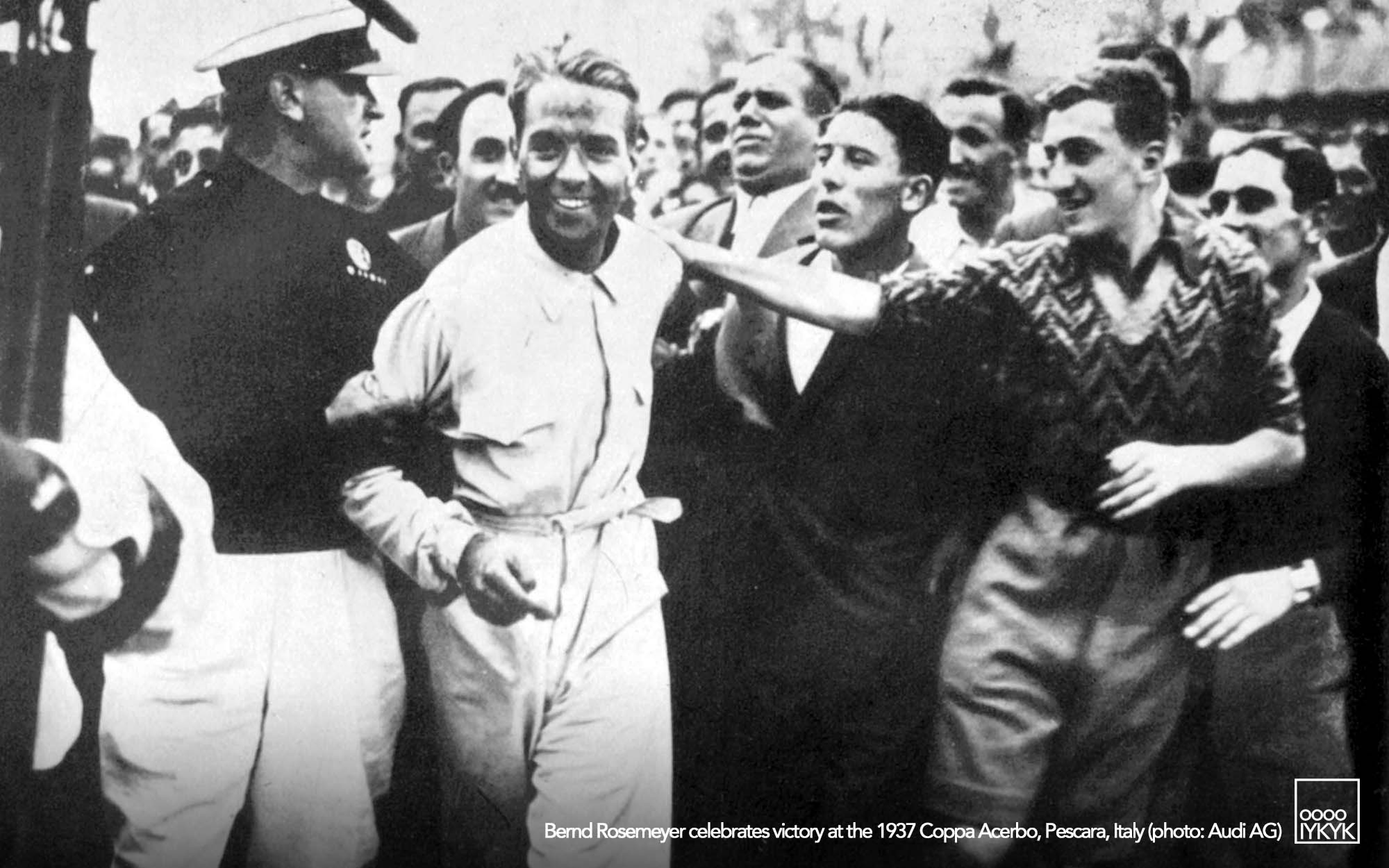
THE NAMESAKE BERND ROSEMEYER
Naming the car after Bernd Rosemeyer was a bold move. Back in the 1930s, Rosemeyer was Auto Union’s brightest star, racing alongside Tazio Nuvolari and Hans Stuck. He won the 1936 European Drivers’ Championship, a forerunner to today’s Formula One title. At just 28 years old, Bernd was a national hero.
In his period, Rosemeyer seemed to have it all. Auto Union’s most high visibility driver was likely the most talented – especially in foggy conditions where he’d earned the nickname “Nebelmeister” where is pace in thick mist seemed otherworldly. Bernd had also married Elly Beinhorn, a German aviatrix who’d gained her own notoriety for her solo flying to far-flung places around the world. The two were young and charismatic, placing them solidly in the spotlight as they followed the racing calendar around either at the wheel of Bernd’s custom Horch Coupé or flying to races in Beinhorn’s plane where they would even land on the circuit.
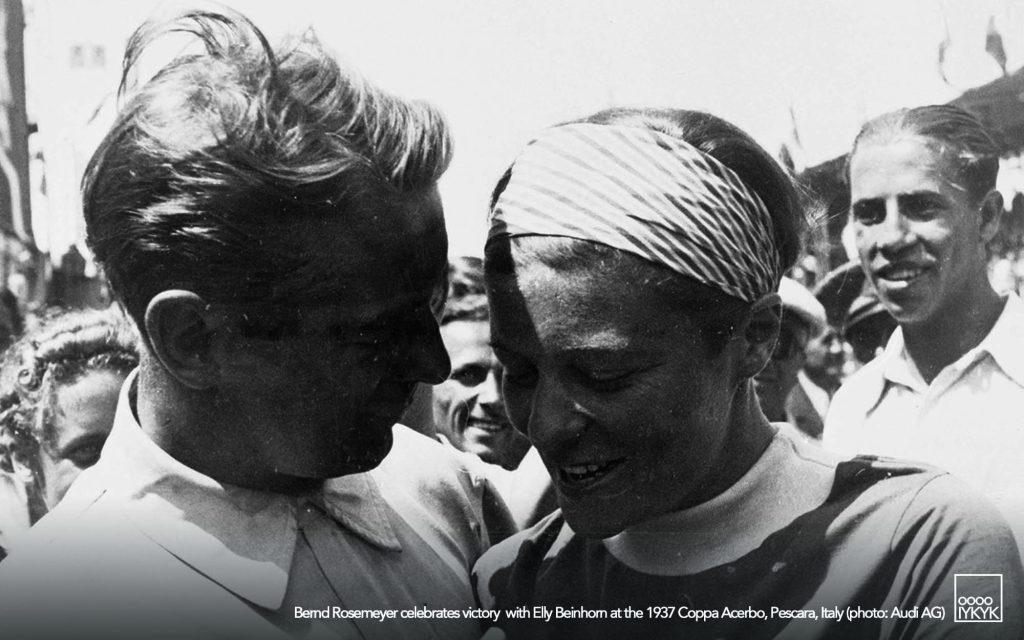

Alas, tragedy defined Bernd’s ultimate legacy. In January 1938, Rosemeyer attempted a land speed record run on the Autobahn between Frankfurt and Darmstadt in an Auto Union streamliner. He lost control at over 400 km/h and was killed instantly. His rival, Mercedes driver Rudolf Caracciola, went on to set the record that day at an astonishing 432.7 km/h.
By invoking Rosemeyer’s name, Audi linked the concept not only to its Auto Union roots but also to the danger, glory, and sacrifice of motorsport’s golden age. It gave the car a gravitas that no abstract concept name could match.
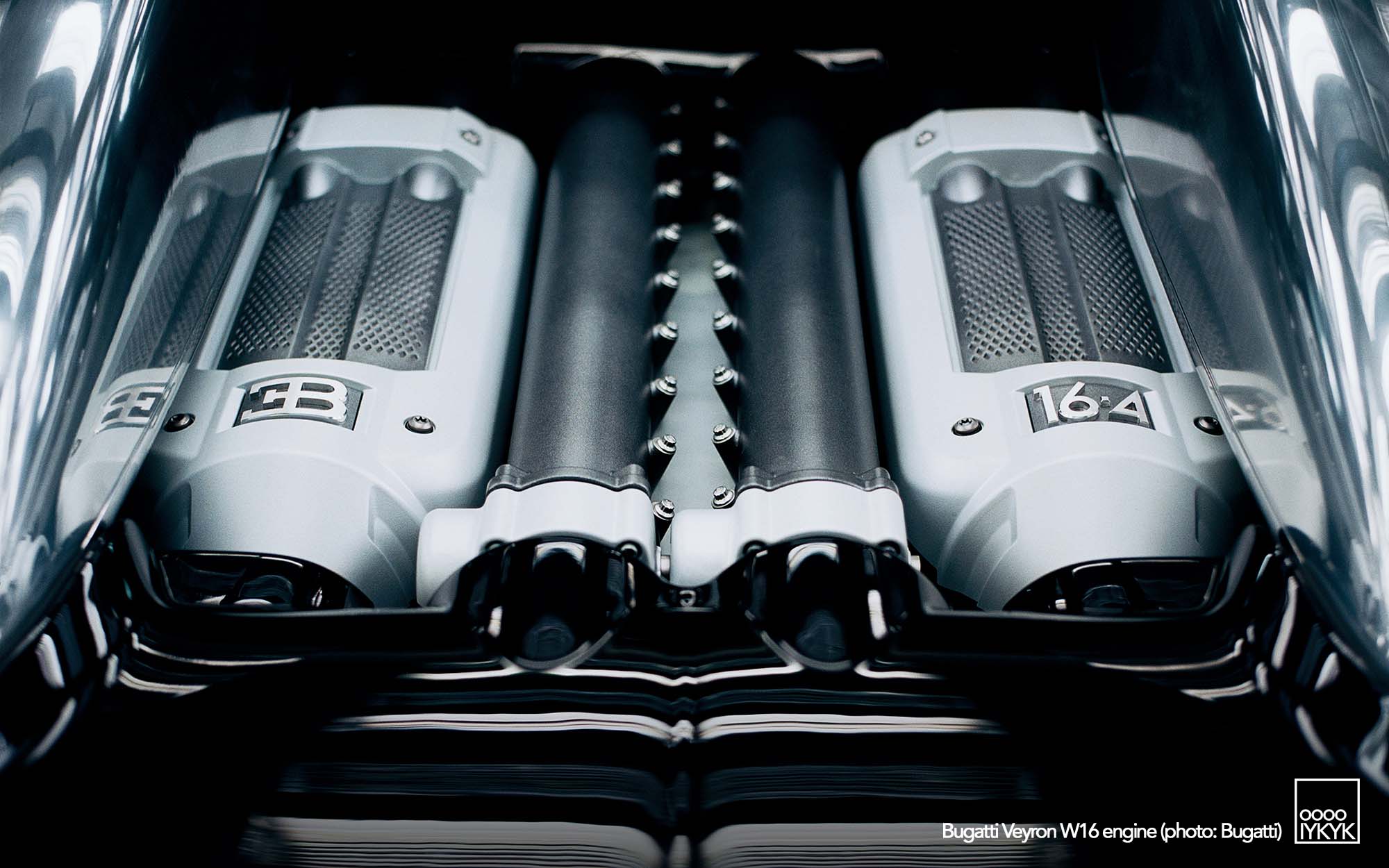
THE W16 A SHARED DREAM
On paper, the Rosemeyer’s specs were absurd for the year 2000. Here too, the car echoed Ferdinand Porsche’s pre-war Auto Union racers with their supercharged V16s that reset the bar on racing circuits around the world.
In the case of Project Rosemeyer, the beating heart was a naturally aspirated 8.0-liter W16 mid-mounted behind the cabin, producing 700 horsepower and 760 Nm of torque, a six-speed manual transmission, quattro all-wheel drive and a claimed 350 km/h top speed.
None of this was real—the Rosemeyer was not a running prototype. But, these also weren’t random numbers. At the time, Ferdinand Piëch had Volkswagen Group experimenting with oversized multi-bank engines across its brands. Volkswagen showed off its Giugiaro-designed W12 sportscar concepts (1997 W12 Syncro, 1998 W12 Roadster, 2001 W12 Nardò). Bentley built the Hunaudières with a W16. Bugatti previewed the Chiron 18/3 and Veyron 18/4 with W18 engines.
The Rosemeyer was Audi’s piece of that puzzle, a W16 showcase wearing Ingolstadt’s badge. Within five years, the project would evolve into the Bugatti Veyron 16.4, which used a quad-turbocharged version of the W16 to deliver 1,001 horsepower and a verified 407 km/h top speed.
So while the Rosemeyer never ran, it was a crucial step in Volkswagen Group’s path to creating the most extreme production car of its era.
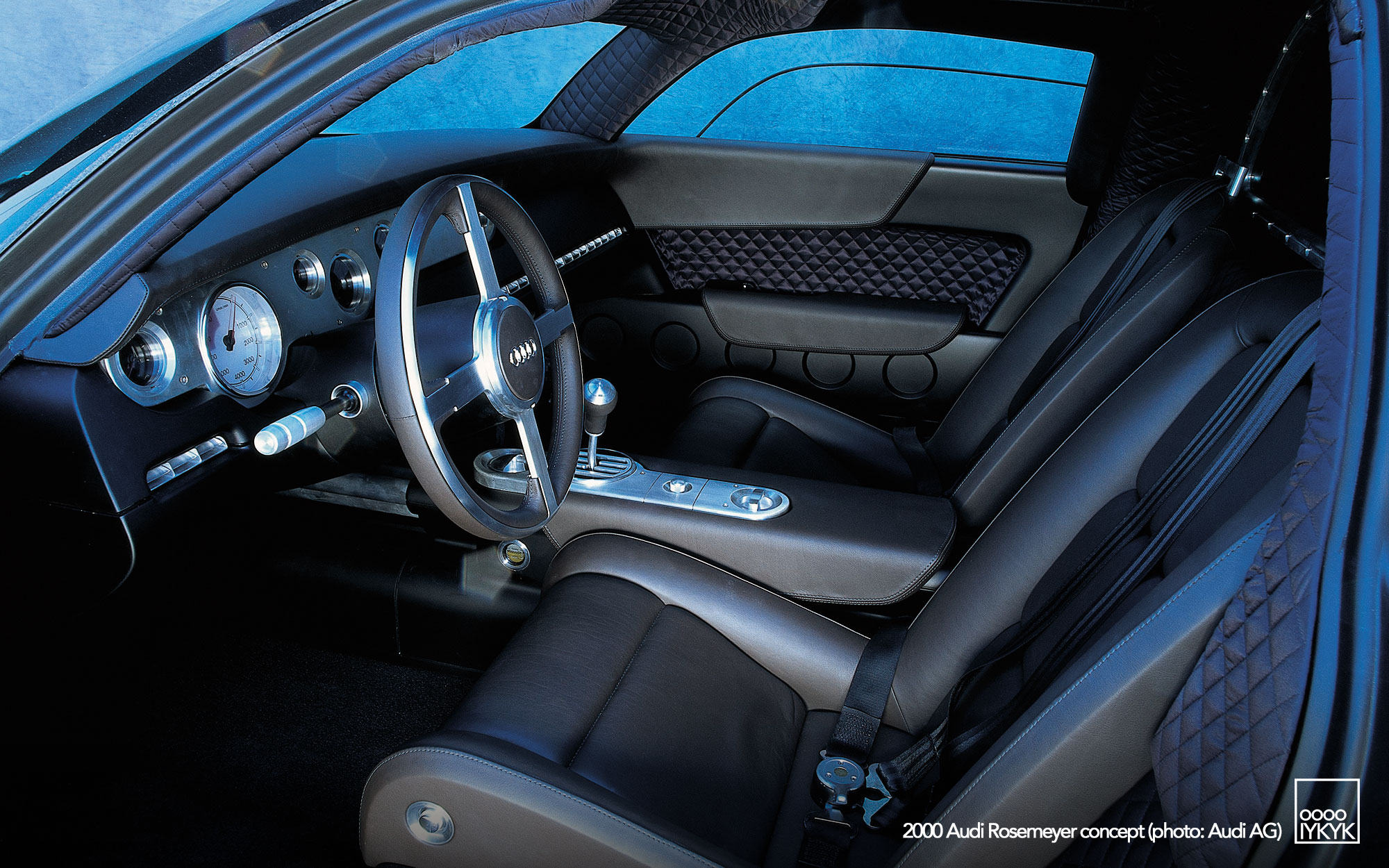
INSIDE FUNCTION FIRST
The Rosemeyer’s cabin reinforced the theme of raw performance. Instead of leather and wood, the surfaces were covered in Nomex, the same fireproof material used in racing suits and helicopter cockpits. The brown leather seats were thin and purposeful, paired with three-point harnesses.
The design drew heavily from the TT’s minimalist cockpit, but stripped it further. The centerpiece was a polished aluminum gated shifter, paired with exposed mechanical details and tubular aluminum bracing. The driver sat behind an Auto Union-inspired four-spoke steering wheel and a massive analog tachometer, with adjustable racing pedals completing the setup.
A rear window offered a direct view of the imagined W16 engine—a theatrical touch that underscored the car’s showpiece status. It wasn’t luxury. It wasn’t comfort. It was about projecting intent: Audi could build a driver’s machine as extreme as anything else on the planet.
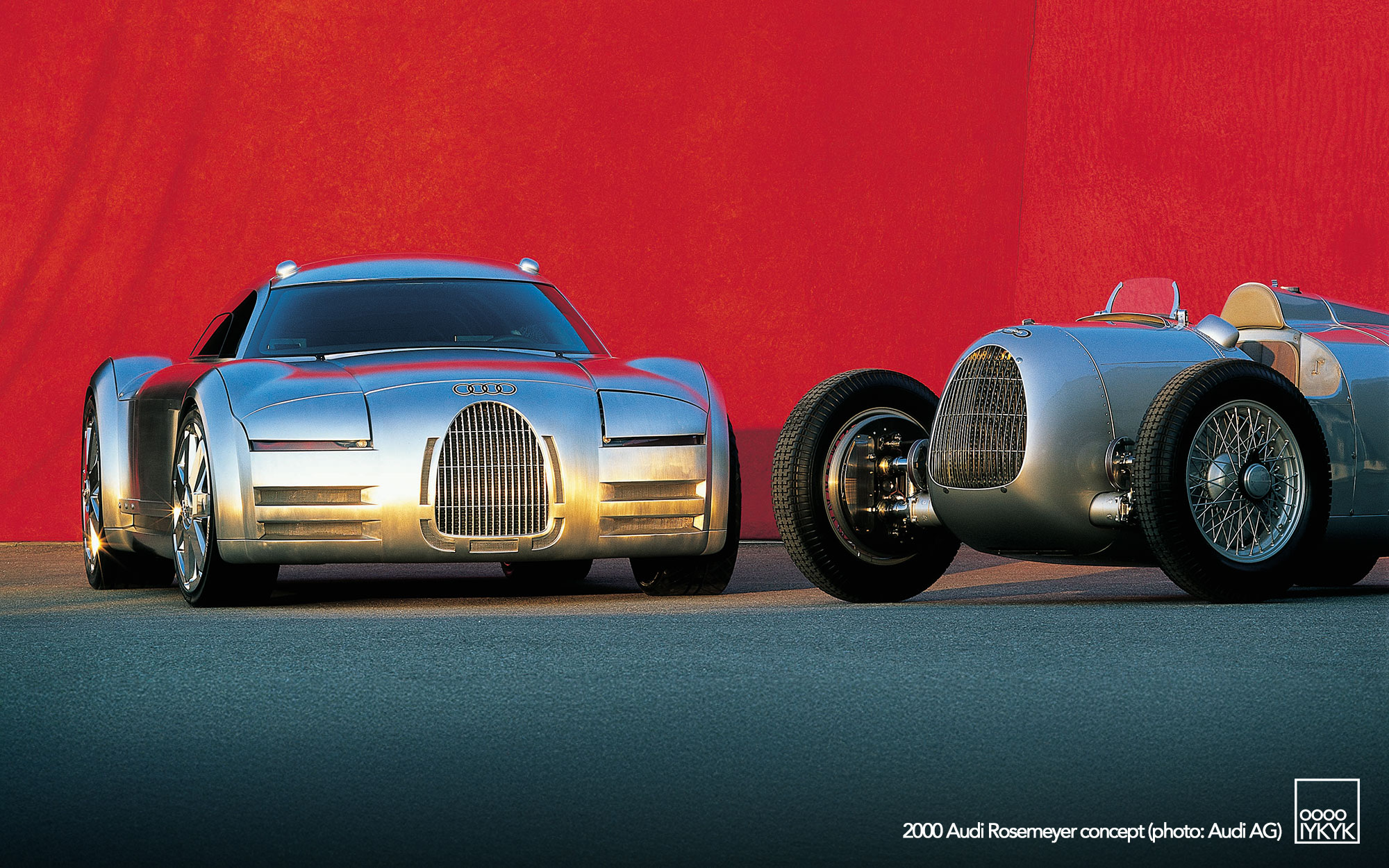
INFLUENCE FROM CONCEPT TO PRODUCTION
The Rosemeyer never made it to production, but its DNA seeped into Audi’s future.
- The single-frame grille that debuted on the Rosemeyer became a defining element of Audi design throughout the 2000s.
- The minimalist cockpit philosophy, first seen in the TT and amplified in the Rosemeyer, evolved into the R8’s driver-focused interior.
- The concept’s celebration of mid-engine performance foreshadowed the R8 itself, which arrived in 2006 as Audi’s first true production supercar.
- Use of brushed aluminum surfacing echoed Audi’s aluminum-spaceframe (ASF) technology, which became a signature of the brand’s engineering identity.
Meanwhile, Volkswagen Group funneled the W16 dream into Bugatti. The Veyron, launched in 2005 and became the poster child of Piëch’s ambition, but the Rosemeyer deserves recognition as a key step in that journey.

STATEMENT, NOT A PRODUCT
In an almost subdued manner, Audi skipped the show circuit with Project Rosemeyer and instead had it surprisingly show up as star of the Audi brand pavilion at Volkswagen’s Autostadt destination in Wolfsburg, Germany when Piëch’s grand tribute to his automotive dynasty opened that same year.
The choice said everything: this wasn’t a sales teaser or production-intent prototype. It was an internal halo project, a rolling piece of theater meant to inspire employees, impress investors, and remind the automotive world that Audi had the capability and the history to dream big.
Like the Avus concept before it, Project Rosemeyer was never destined to see the road. But its impact lived on, both in Audi’s evolving design language where it returns to the fore in influencing the marque’s new design language led by Massimo Frascella, and also in the corporate roadmap that gave us the Bugatti Veyron.
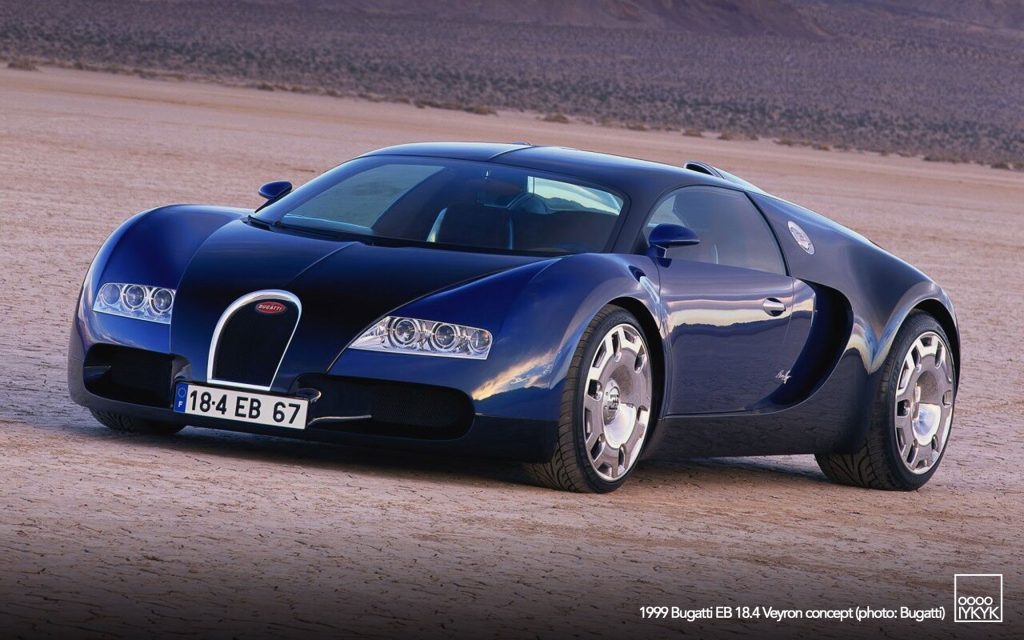


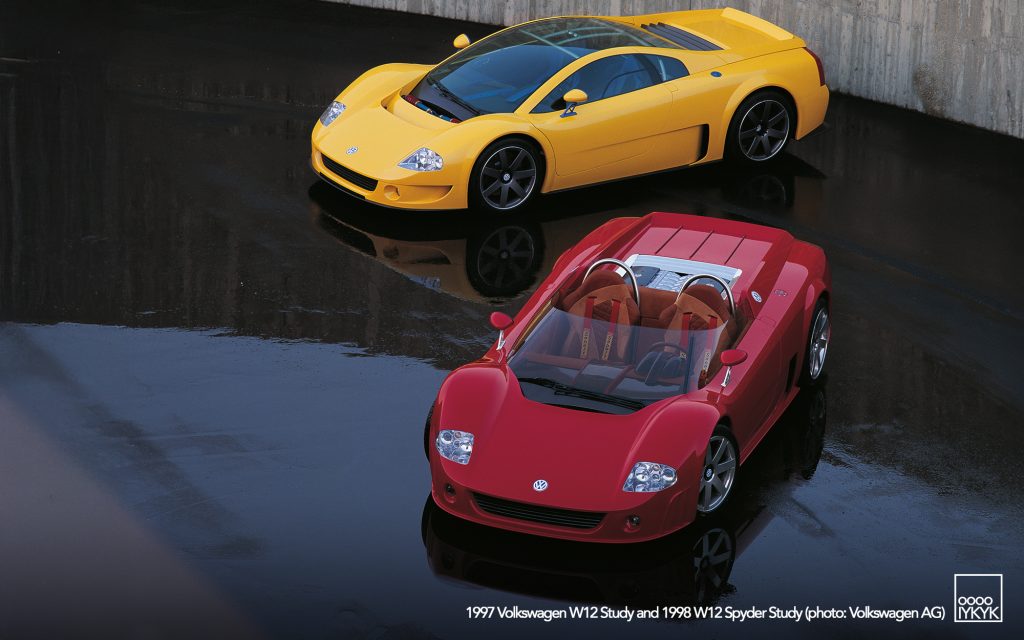
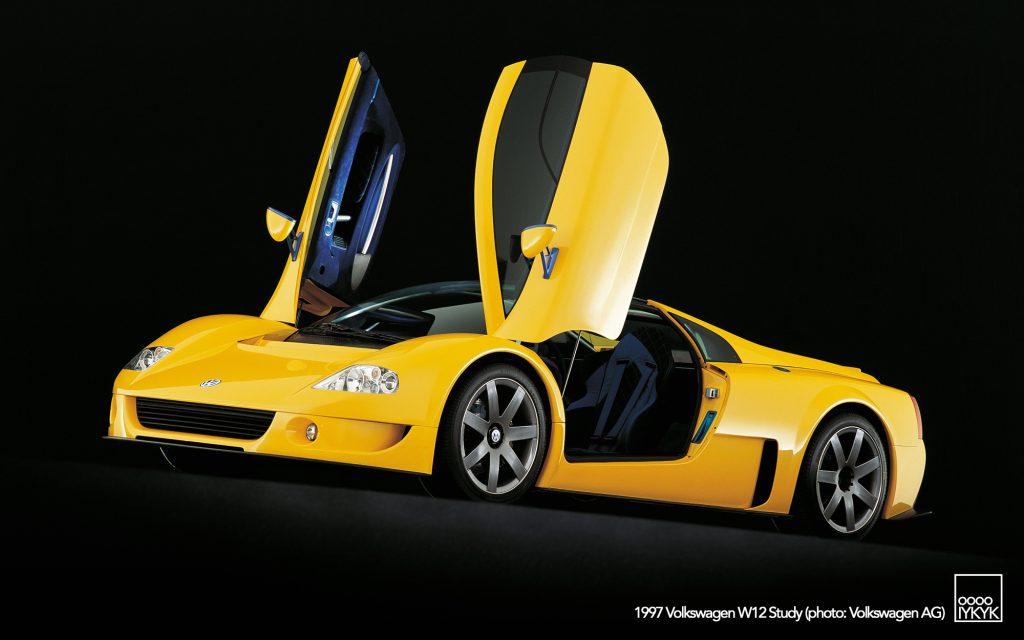
CONCLUSION THE AUDI HYPERCAR THAT NEVER WAS
Project Rosemeyer stands today as a fascinating “what if” in Audi history. A car named for a fallen hero, shaped in aluminum to honor the past, and spec’d with an engine that only became real when handed off to Bugatti. It was a supercar fantasy, but one rooted in serious heritage and engineering ambition.
In the end, the Rosemeyer is best remembered not for what it was, but for what it represented: Audi’s willingness to shift into a new and elevated era and show the world what Ingolstadt was capable of imagining.
PHOTO GALLERY
